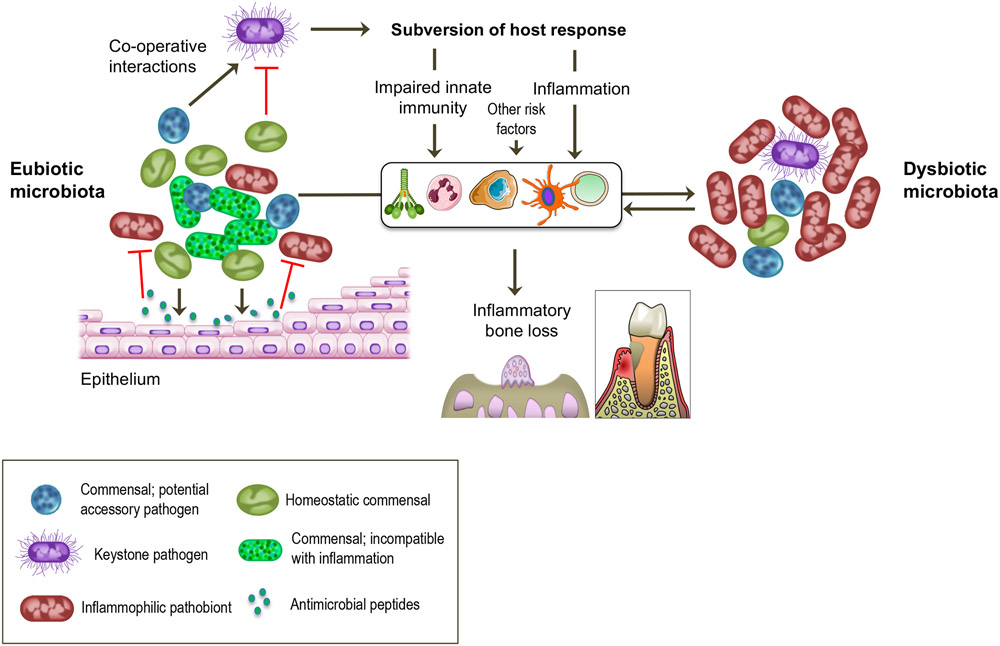Figure 1. Functional categories among bacteria in polymicrobial communities.
Inflammatory bone loss in periodontitis is induced by a polymicrobial community, where different members have distinct and synergistic roles that promote destructive inflammation. Keystone pathogens — which are aided by accessory pathogens in terms of nutritional and/or colonization support — initially subvert the host immune response and contribute (along with other risk factors; see Table 1) to the emergence of a dysbiotic microbiota. Within this altered microbiota, commensal-turned pathobionts overactivate the host response and thrive within the resulting inflammatory environment. In contrast to an accessory pathogen, a homeostatic commensal tends to stabilize a eubiotic community either by directly antagonizing potentially pathogenic microbes or by inducing antimicrobial peptides that preferentially target potential pathogens.

